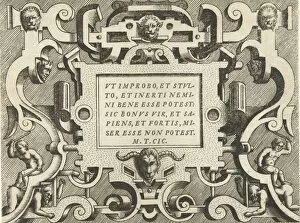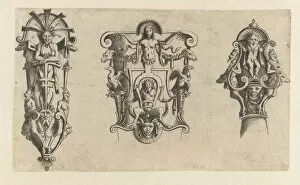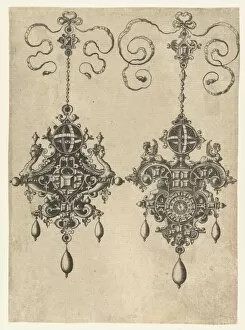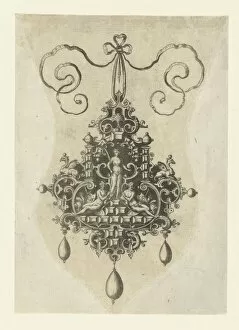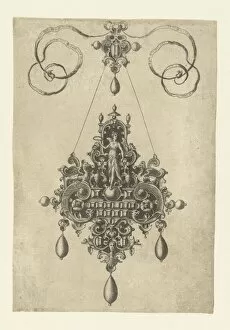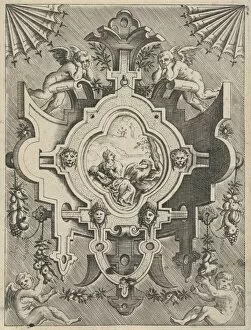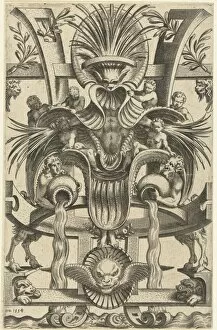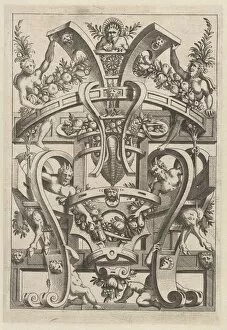Scrollwork Collection (#3)
Scrollwork is a timeless art form that has graced the walls, ceilings, and objects of various cultures throughout history
For sale as Licensed Images
Choose your image, Select your licence and Download the media
Scrollwork is a timeless art form that has graced the walls, ceilings, and objects of various cultures throughout history. From the intricate Tughra (Insignia) of Sultan Suleiman the Magnificent to the scrolling acanthus relief on the Ara Pacis Augustae, it has captivated our eyes for centuries. Even in architectural marvels like Brackets at Westbury House in Long Island or Marquess Of Buckingham's Pall Mall House Staircase, scrollwork adds an element of elegance and grandeur and can be seen adorning every detail, from banisters to mirror frames, showcasing its versatility and ability to enhance any space. The Life Guards' Drummer and Band in State Dress proudly display their uniforms adorned with ornate scrollwork designs. This attention to detail reflects not only their regal status but also pays homage to historical traditions. Painted plasterwork from 18th-century Germany showcases unknown creators' mastery as they intricately weave together delicate scrolls into stunning patterns. Similarly, Gothic ornamentation from the late 15th and early 16th century demonstrates how scrollwork became an integral part of architectural design during this period. Roman Altar a42_02012 stands as a testament to ancient craftsmanship where even stone was carved into beautiful scrolls. Meanwhile, Jean-Pierre Latz and Francis Bayley's Wall Clock from France in the mid-18th century exhibits how scrollwork could be incorporated into functional objects without compromising aesthetics. Moving forward through time, Lawrence Phillips' Mirror Frame from c. 1938 showcases how scrollwork continued to evolve while maintaining its allure. John Delmester's London-made Cruet Set (1762/63) and Charles Hougham's Coffee Pot (1789/90) demonstrate how even everyday items were transformed by skillful artisans using intricate scrolls as decorative motifs. Whether it is found on historic artifacts or modern creations, scrollwork remains a testament to the enduring beauty of this art form.

